Tag: catheter

Pulmonary Artery Catheter Use and Mortality in the Cardiac ICU
The appropriate use of pulmonary artery catheters (PACs) in critically ill cardiac patients remains debated. There is wide variation in the use of PACs that is not fully explained by patient level-factors and appears driven... read more

Environmental Impact of Single‑use and Reusable Items in CVC-insertion Kits
he use of CVC-insertion kits containing reusable metal instruments and reusable textiles offer a robust opportunity to reduce the environmental impacts and financial costs of CVC insertions in a European setting, compared... read more
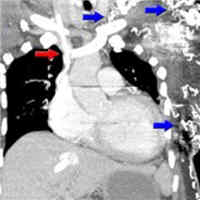
A Cold Case of Superior Vena Cava Syndrome
A 61-year-old woman with hypertension, diabetes mellitus, hyperlipidemia, coronary artery disease, congestive heart failure (s/p PPM/ICD), pulmonary embolism (on warfarin), end-stage renal disease (on HD via right internal... read more
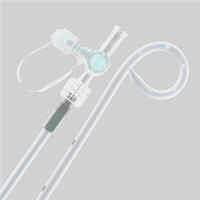
The Small Percutaneous Catheter vs. Large Open Chest Tube For Traumatic Hemothorax
Small caliber 14-Fr PCs are equally as effective as 28- to 32-Fr chest tubes in their ability to drain traumatic HTX with no difference in complications. Patients reported better IPE scores with PCs over chest tubes,... read more
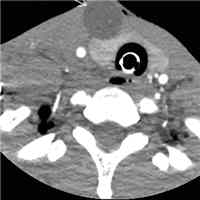
Foley Catheter Tamponade Usage for Bleeding Control in Penetrating Injuries
We recently used a Foley catheter to manage a stab wound to the left anterior neck (zone 1) in a 26 year-old male. Police arrived shortly after the incident but couldn’t stop the bleeding with external compression with... read more

The Pulmonary Artery Catheter: A Solution Still Looking For a Problem
In 1970, Jeremy Swan, William Ganz, and colleagues published their seminal paper “Catheterization of the heart in man with use of flow-directed balloon-tipped catheter”. Few devices in our specialty have generated more... read more
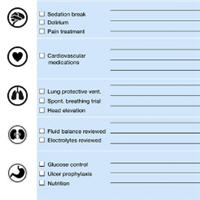
Checklist for Early Recognition and Treatment of Acute Illness and Injury
A quality-improvement intervention with remote simulation training to implement a decision support tool was associated with decreased nonadherence to daily care processes, shorter length of stay, and decreased mortality. The... read more

Effect of Infusion Set Replacement Intervals on Catheter-related Bloodstream Infections
The optimal duration of infusion set use to prevent life-threatening catheter-related bloodstream infection (CRBSI) is unclear. We aimed to compare the effectiveness and costs of 7-day (intervention) versus 4-day (control)... read more

Peripheral Arteriovenous Malformations: Classification and Endovascular Treatment
In this review we cover the classification and endovascular management of arteriovenous malformations (AVMs). We begin by viewing AVMs in relation to the broader class of congenital vascular malformations and subsequently... read more
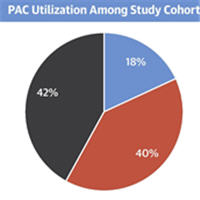
Hemodynamic Profiling utility using Pulmonary Artery Catheters in Cardiogenic Shock
PAC usage in cardiogenic shock (CS) is being revitalized by recent positive analyses of large registry and administrative databases. To realize the full potential of pulmonary artery catheters (PAC), more research is urgently... read more

Doppler Echocardiographic Indices in Critically Ill Patients Under Mechanical Ventilation
Doppler Echocardiographic Indices Are Specific But Not Sensitive to Predict Pulmonary Artery Occlusion Pressure in Critically Ill Patients Under Mechanical Ventilation. The objective of this study was to prospectively... read more

Clinical Evaluation of a High-fidelity Upper Arm Cuff to Measure Arterial Blood Pressure during Noncardiac Surgery
The new high-fidelity upper arm cuff method met the current international standards in terms of accuracy and precision. It was also very accurate to track changes in blood pressure and reliably detect severe hypotension during... read more
Which One is Better? Chlorhexidine-impregnated Sponge or Chlorhexidine Gel Dressing
A similar infection risk for gel-dress and sponge-dress. Gel-dress showed fewer dressing disruptions. Concomitant use of CHG for skin disinfection and CHG-impregnated dressing may significantly increase contact dermatitis. A... read more

Holding and Mobility of Pediatric Patients With Transthoracic Intracardiac Catheters
Pediatric patients with transthoracic intracardiac catheters can be safely held and mobilized out of bed. A total of 1,358 patients had activity and positioning documented while transthoracic intracardiac catheters were... read more




